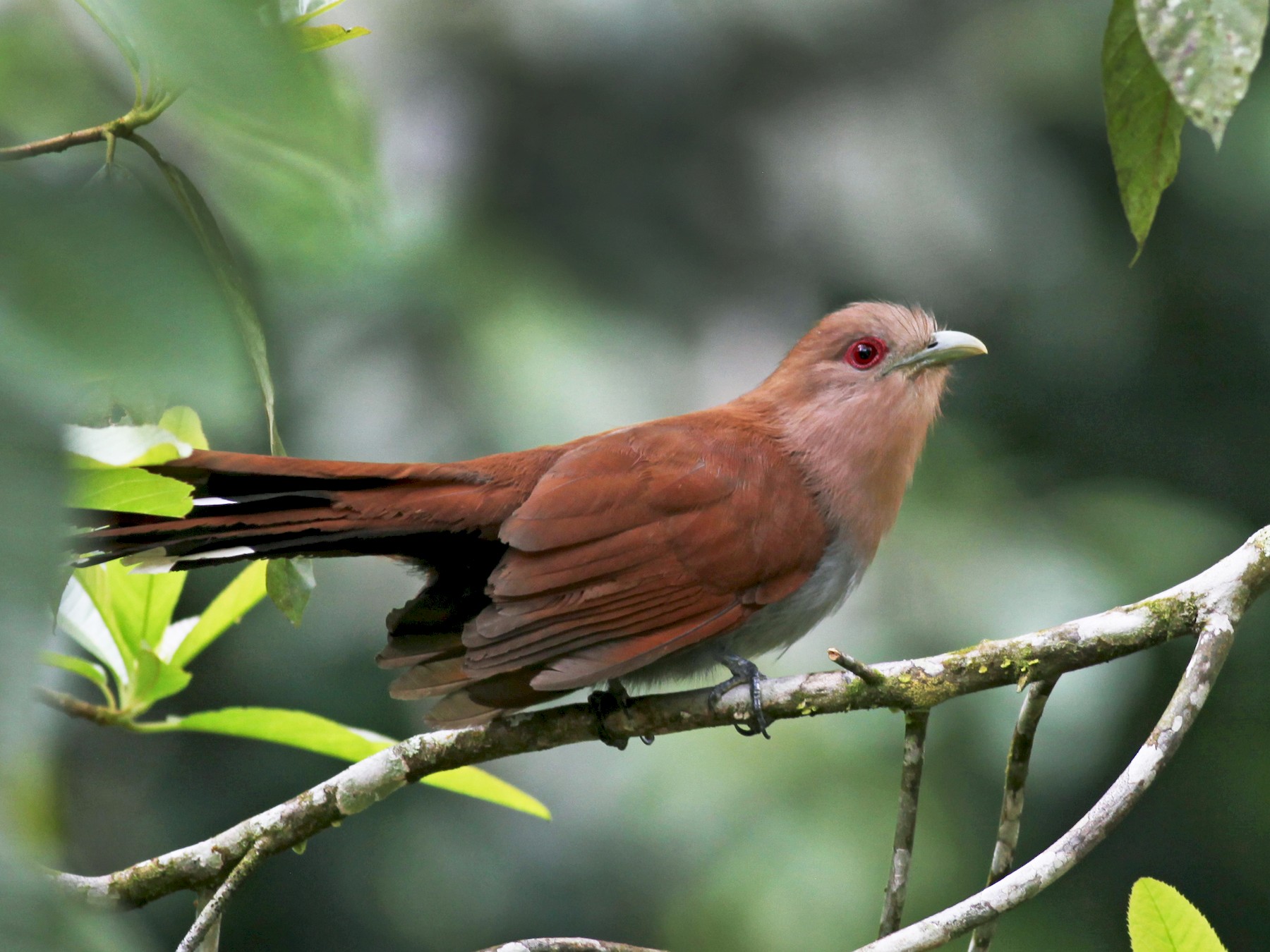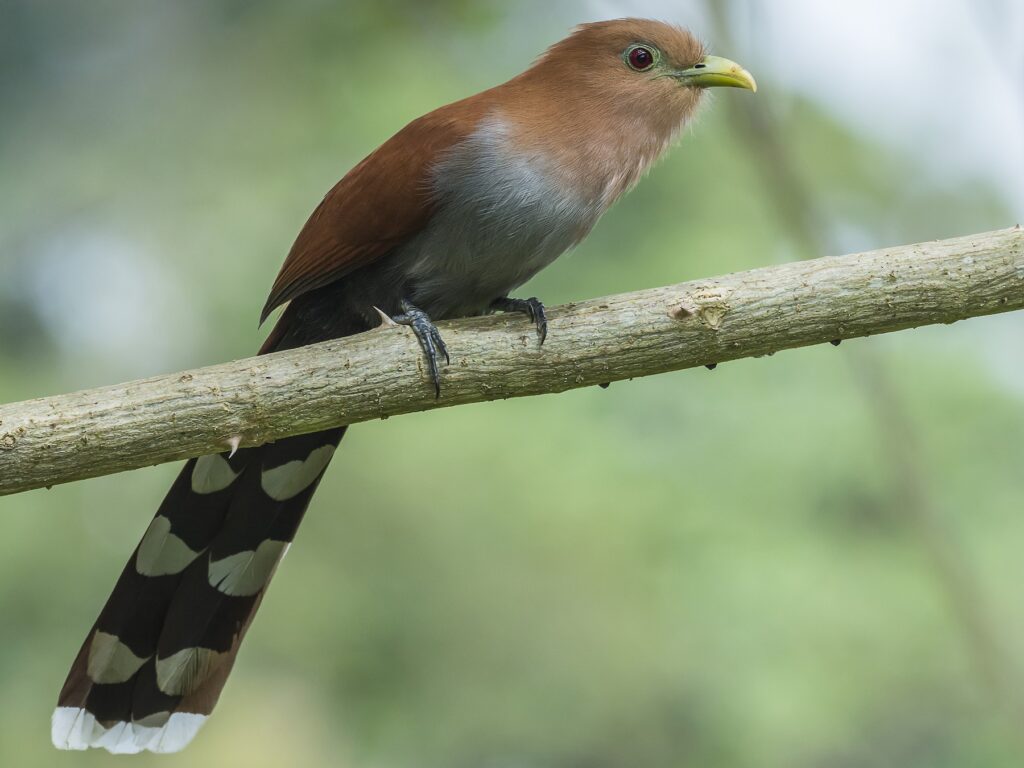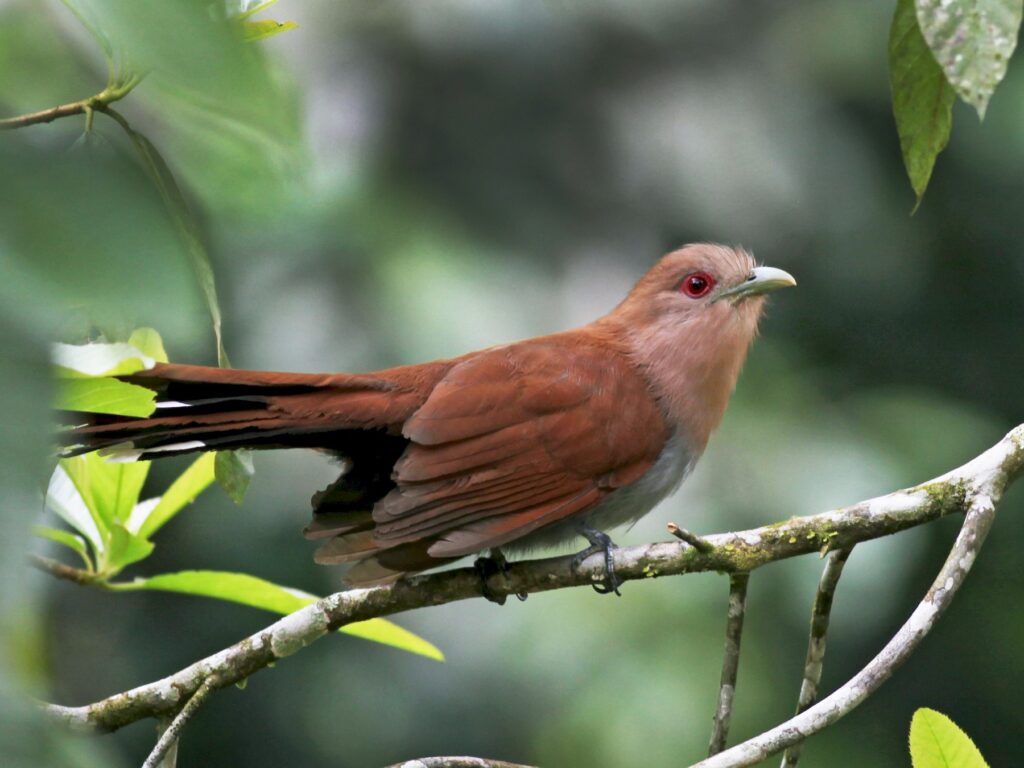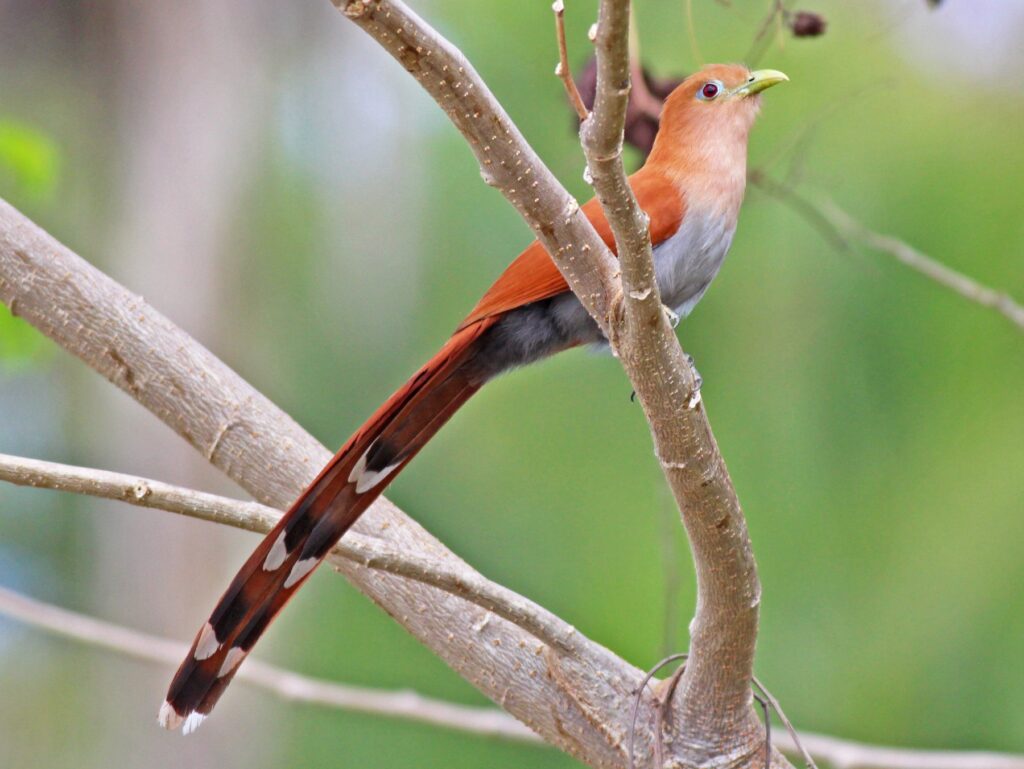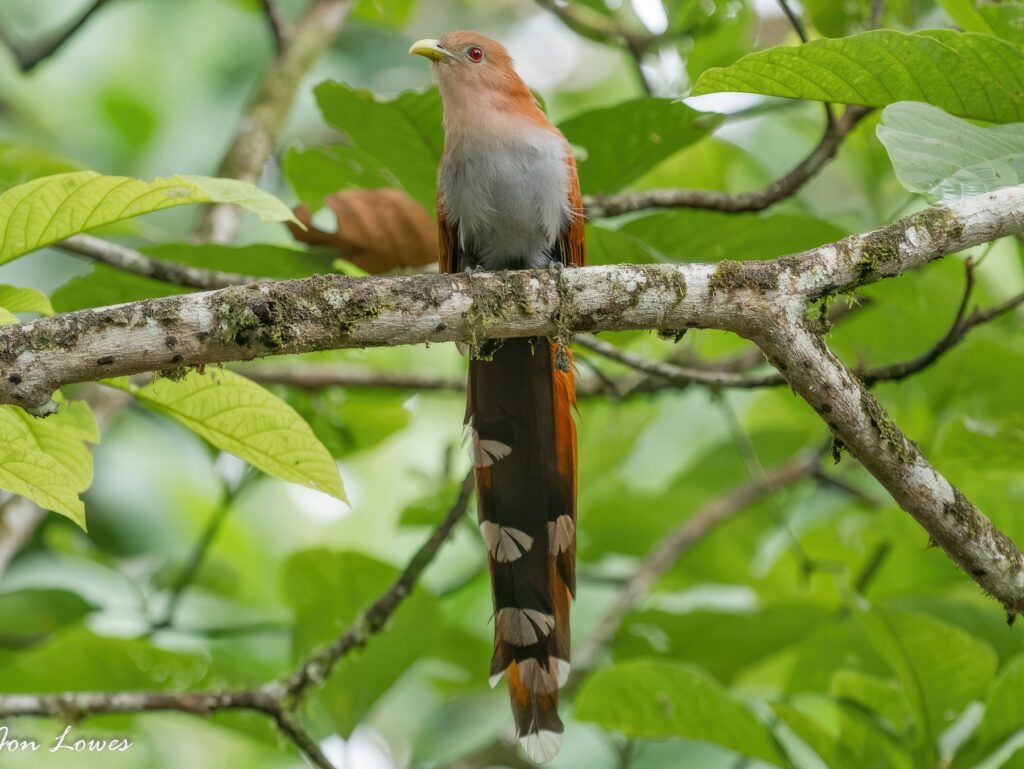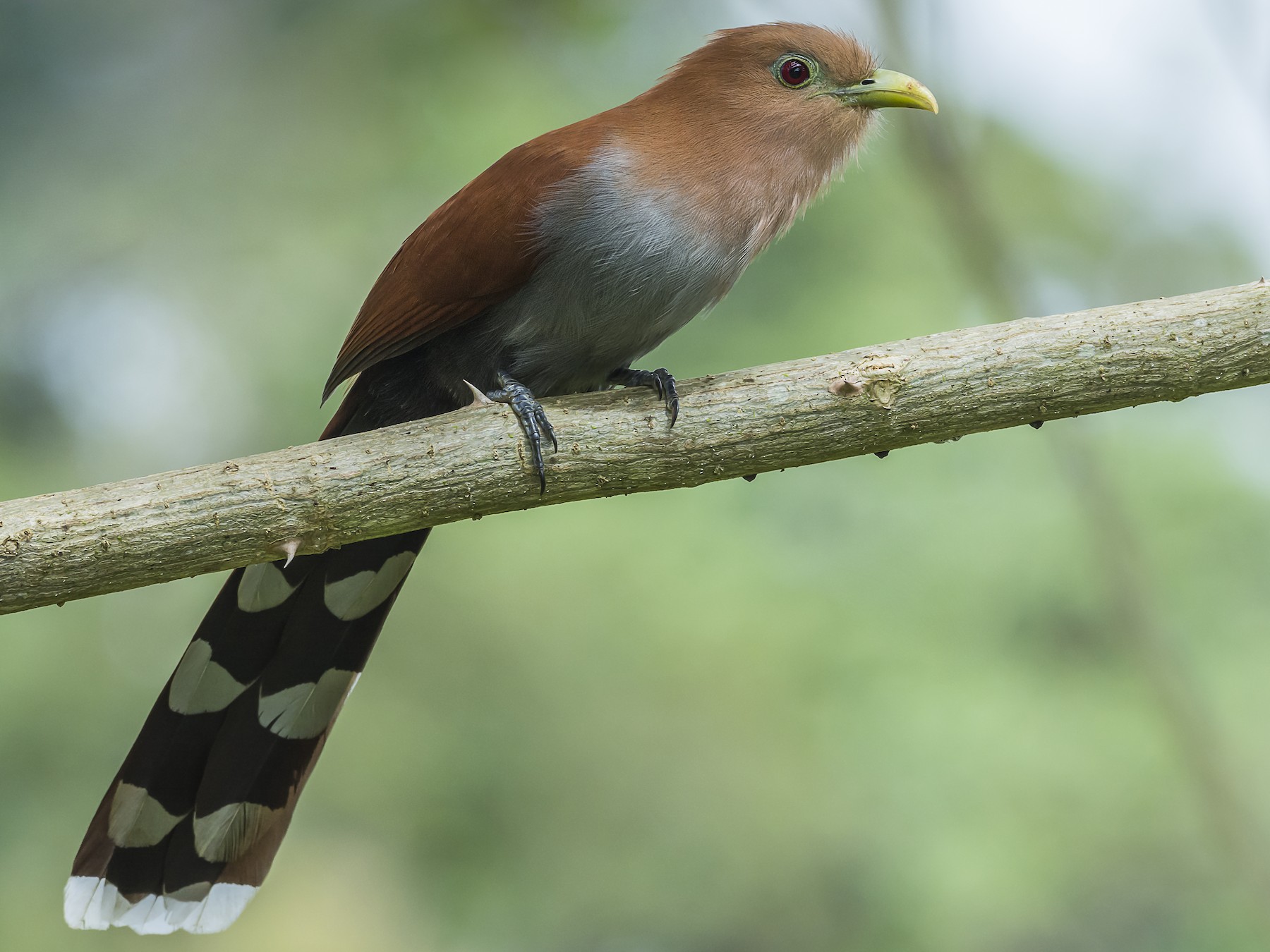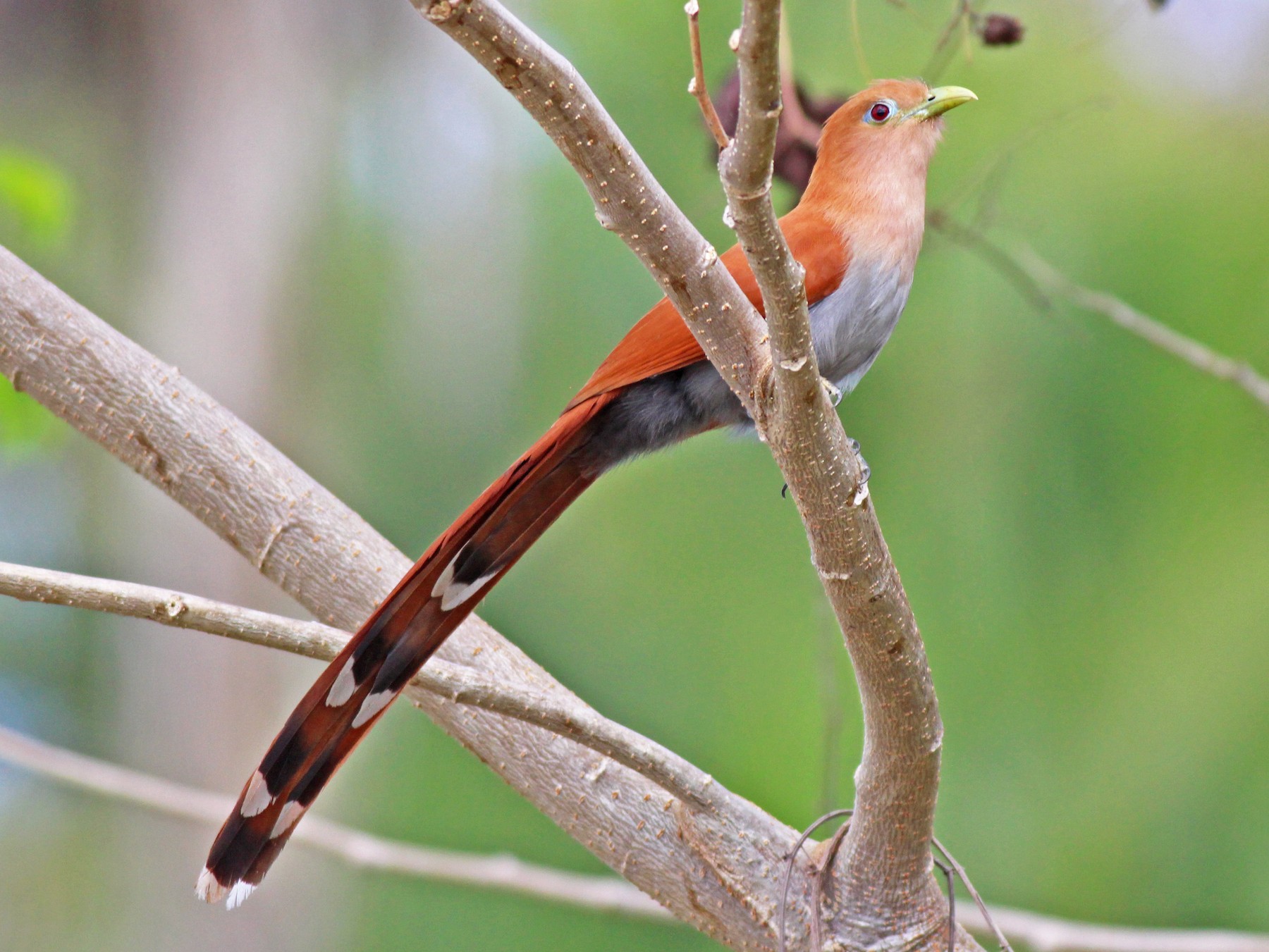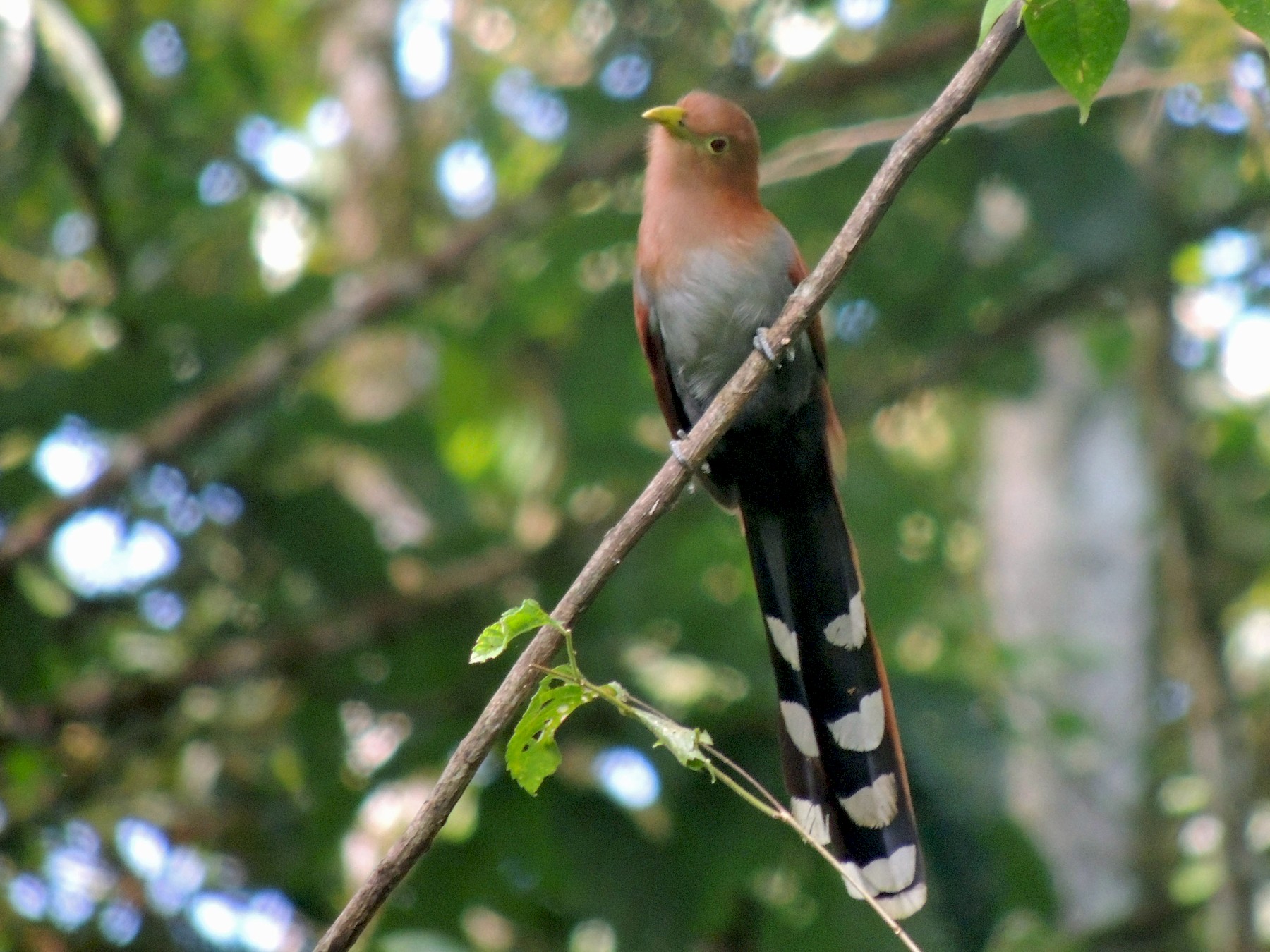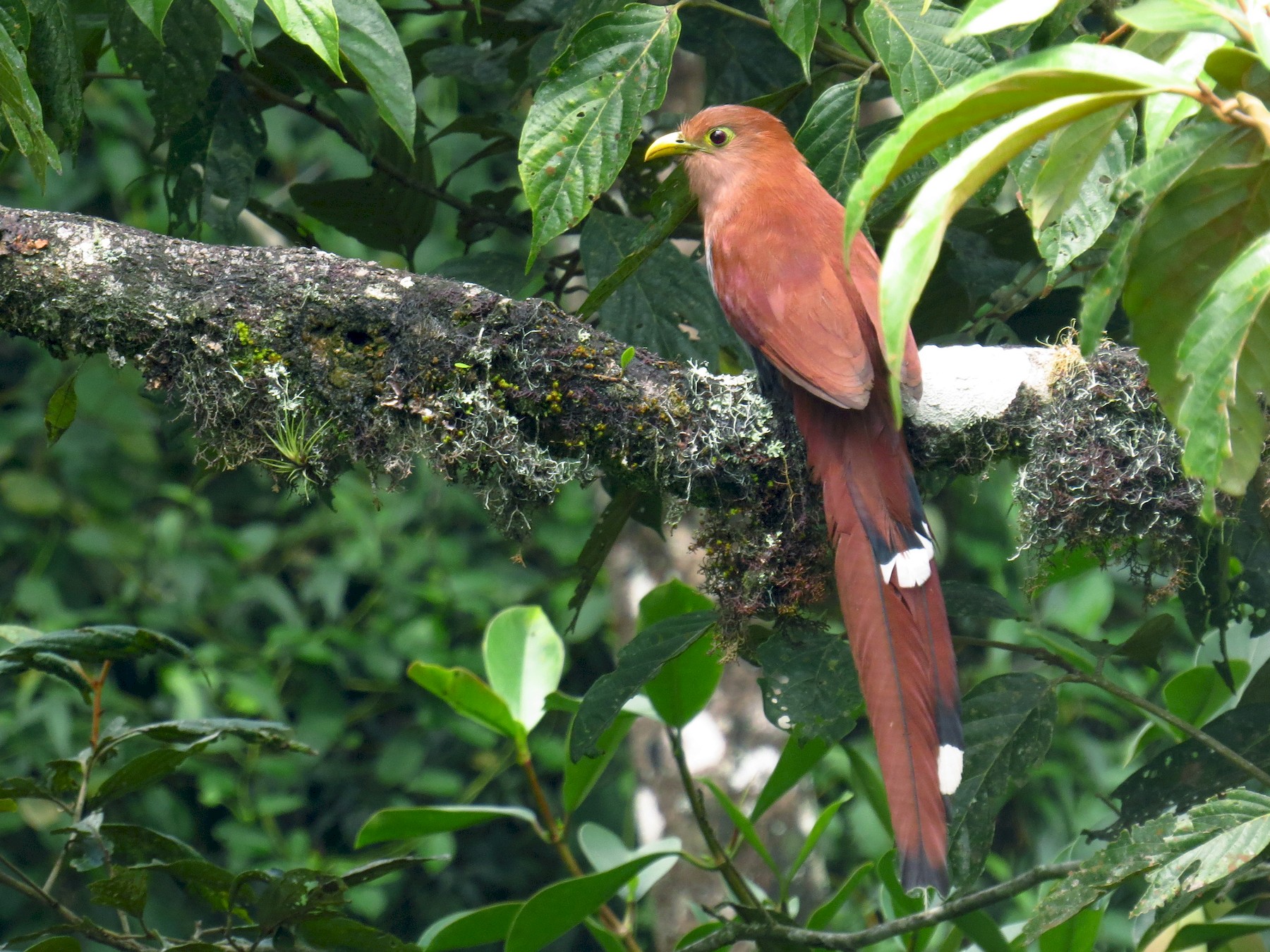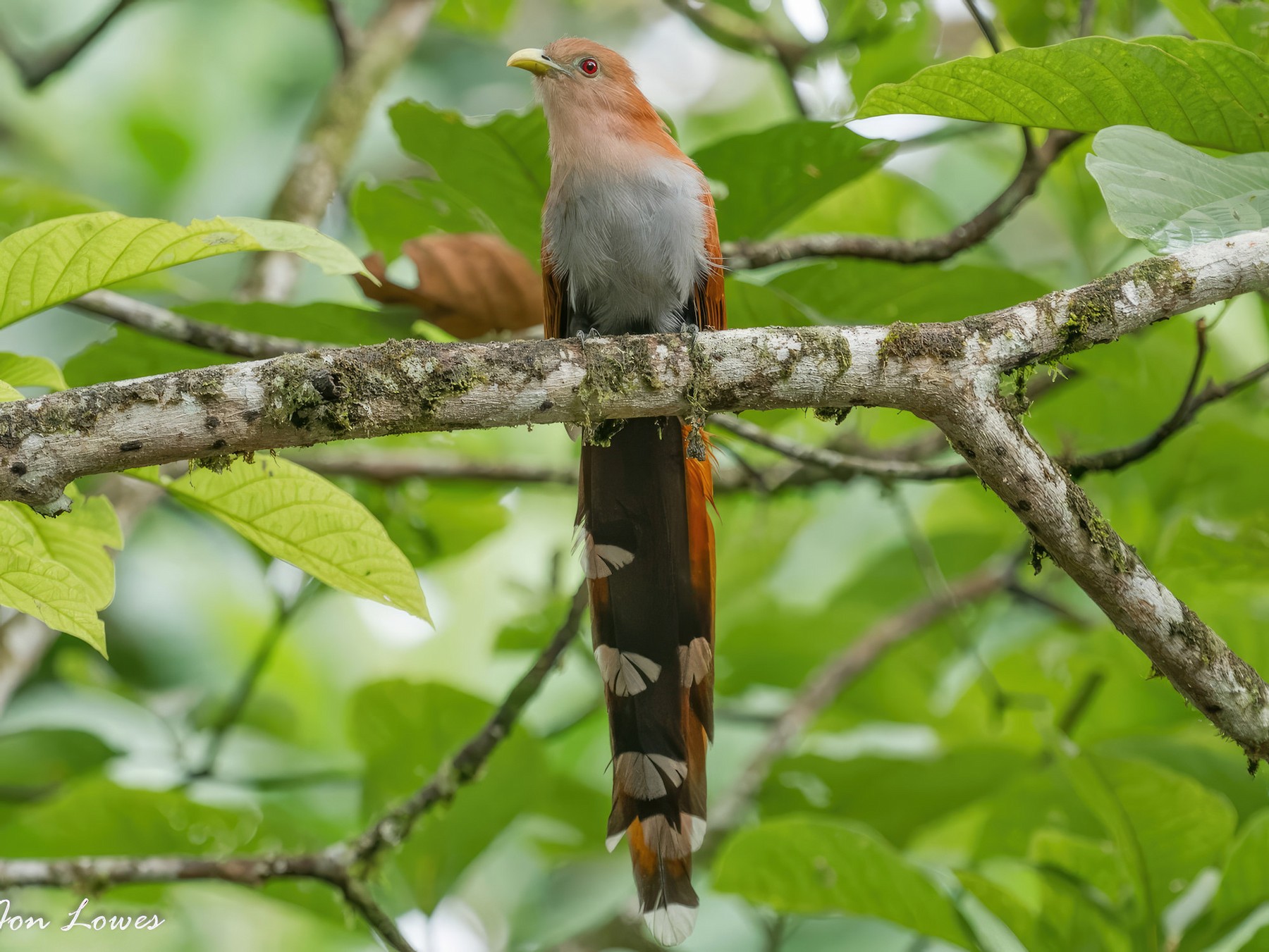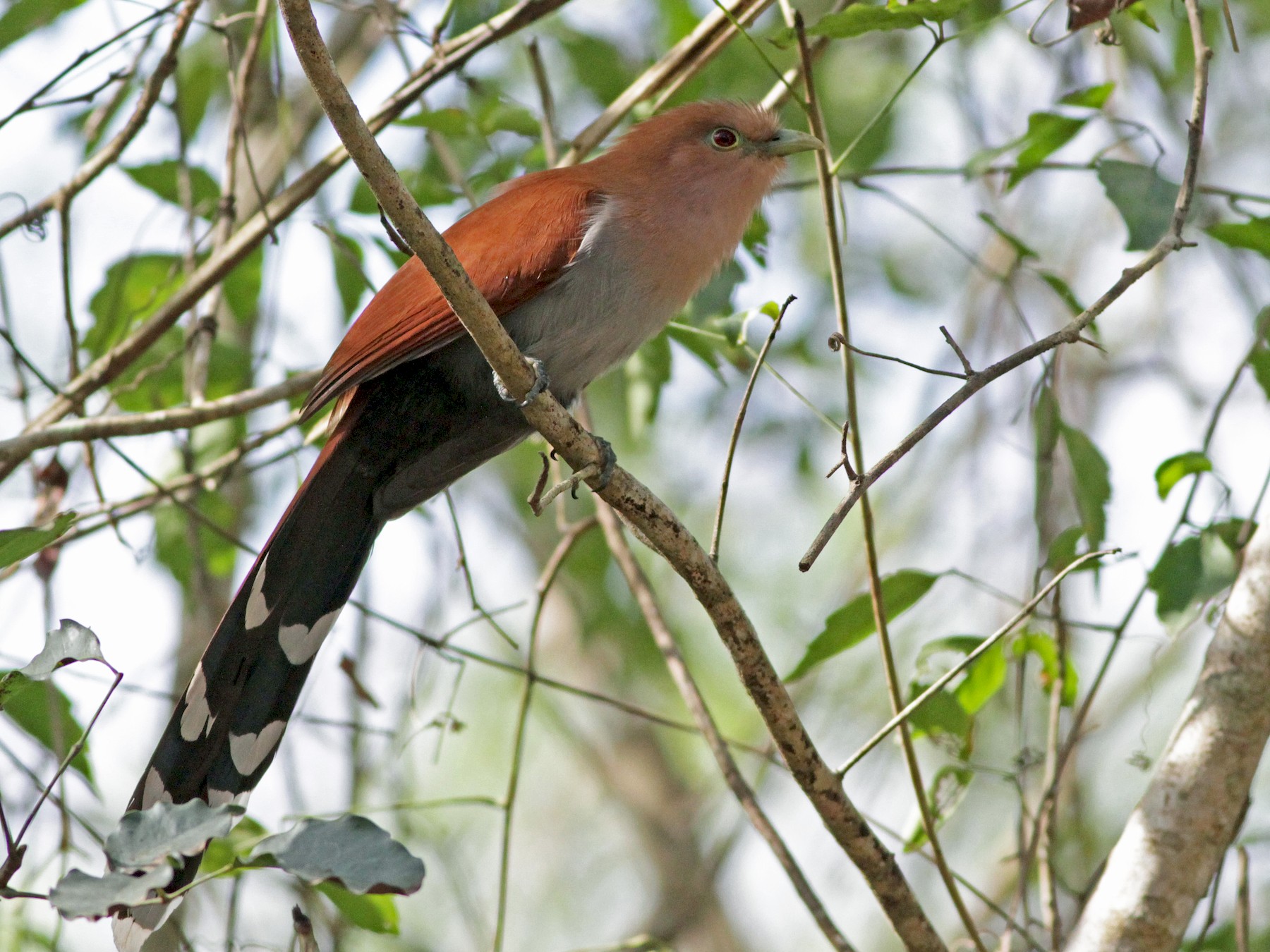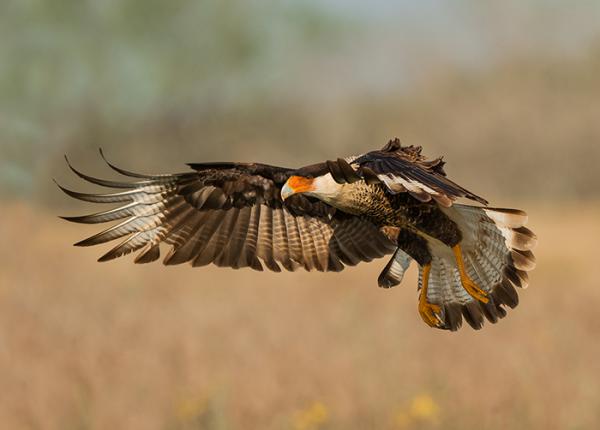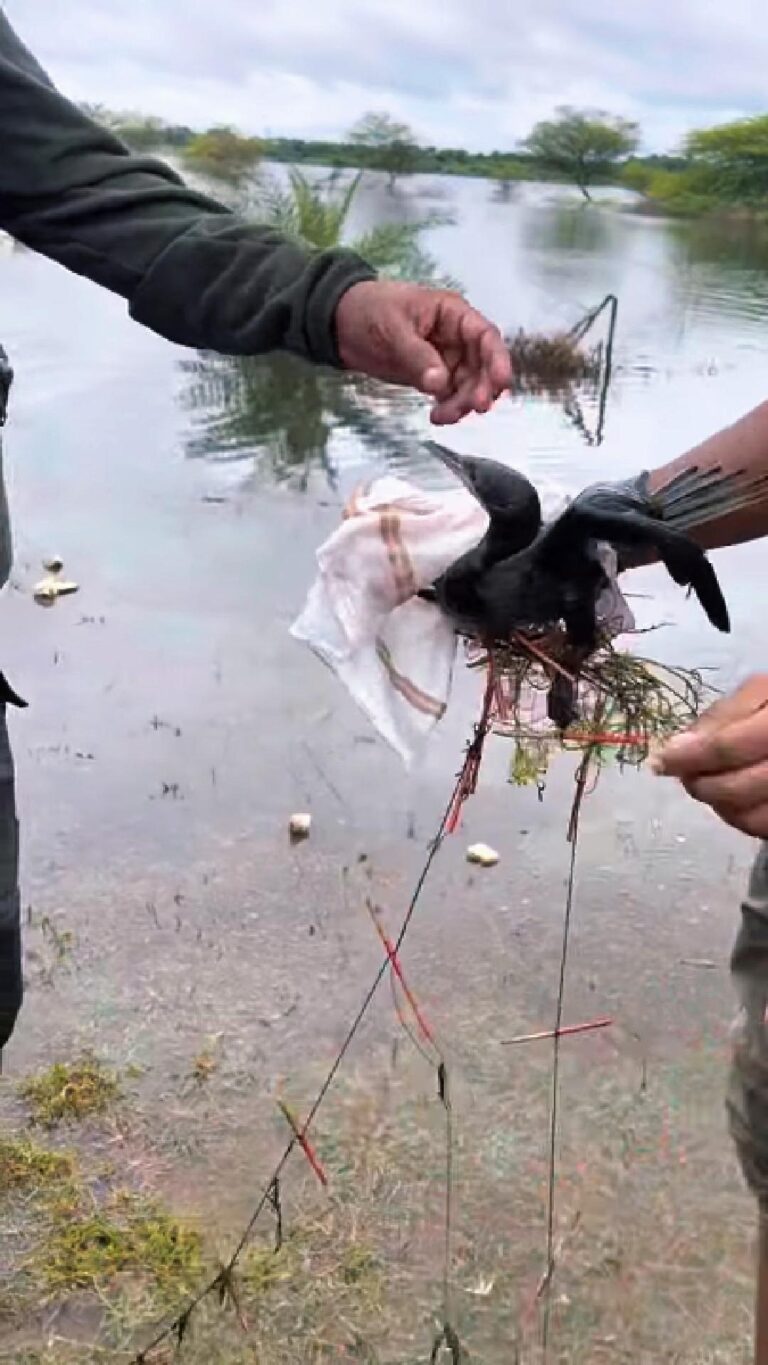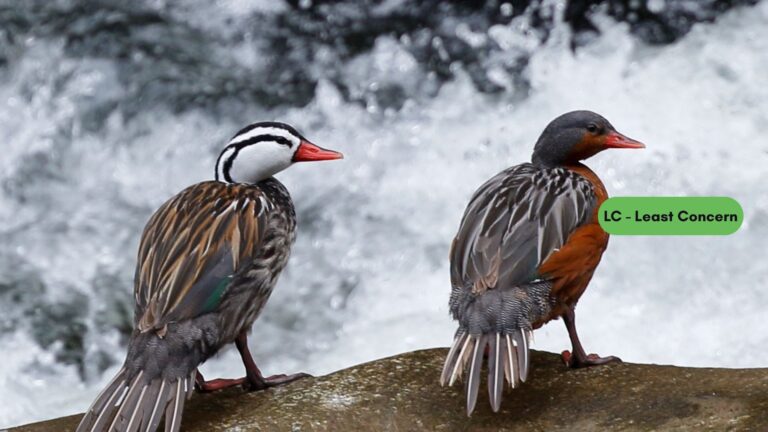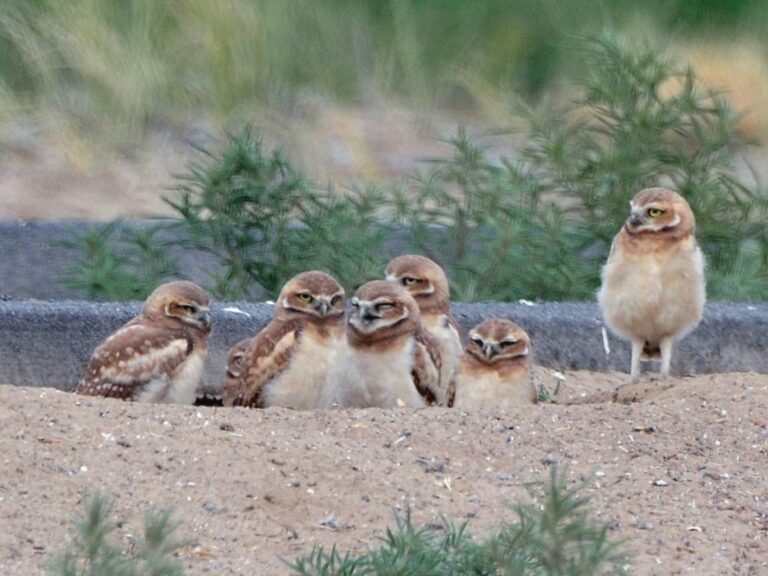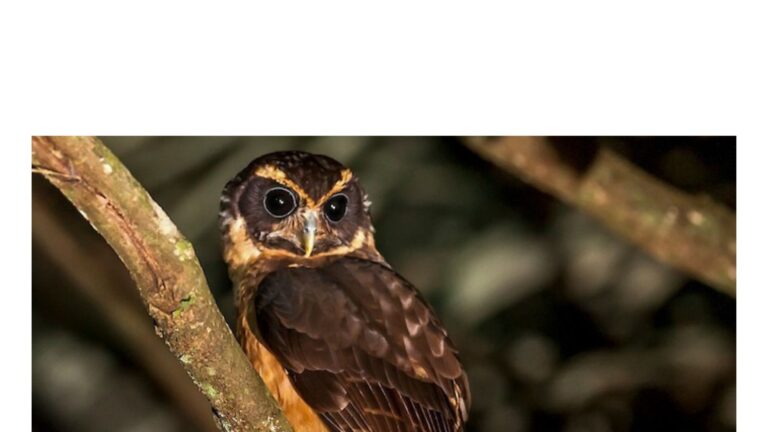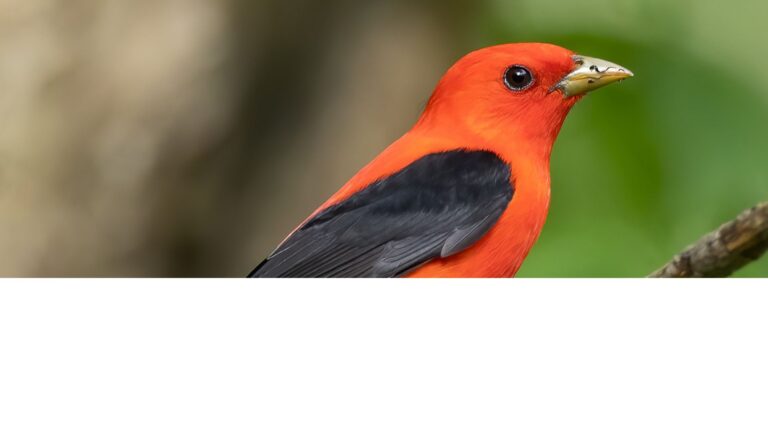Squirrel Cuckoo: Unveiling the Mysteries of This Enigmatic Bird
The Squirrel Cuckoo, scientifically known as Piaya cayana, is a fascinating bird that captures the attention of bird watchers and nature enthusiasts alike. This bird is known for its striking appearance and unique behaviors, making it a captivating subject for anyone interested in avian life. Found primarily in tropical regions, it thrives in diverse habitats ranging from forests to shrublands.
Known for its long tail and dark plumage, this species displays a variety of vocalizations that add to its charm. This bird is not only visually appealing but also plays an important role in its ecosystem by helping to control insect populations. Understanding its diet and breeding habits can provide insight into its adaptation to different environments.
With growing concern about habitat loss, the conservation status of this bird is becoming increasingly relevant. Capturing the essence of this remarkable creature can inspire action to protect its natural habitat and ensure its future in the wild.
Key Takeaways
- The Squirrel Cuckoo is known for its unique appearance and behaviors.
- Its vocalizations and diet contribute to its ecological importance.
- Habitat loss poses a threat to the Squirrel Cuckoo’s survival.
Habitat and Distribution
This species thrives in a variety of habitats across different regions. Its adaptability allows it to inhabit both tropical forests and wooded areas. Understanding its geographical distribution helps in recognizing where it is most likely to be found.
In these locations, this bird is often seen in tropical forests, where it blends seamlessly into its surroundings. This expansive range allows for different populations of the species, each adapting to the specific conditions of their local environment.
Squirrel Cuckoos prefer tropical forests and humid wooded habitats. These areas provide ample food sources and nesting sites. They are often found in dense canopies, which offer protection from predators.
This bird is particularly common in regions with moist, lush vegetation. It also adapts to dry wooded habitats when necessary. This flexibility in habitat choice helps the Squirrel Cuckoo survive in varying environmental conditions.
Geographical Range
The geographical range extends from Central America to parts of South America. It can be spotted in northern Mexico, particularly in southern Tamaulipas and northwestern Mexico. The bird also inhabits countries such as Panama, Argentina, and Uruguay.
In these locations, the Squirrel Cuckoo is often seen in tropical forests, where it blends seamlessly into its surroundings. This expansive range allows for different populations of the species, each adapting to the specific conditions of their local environment.
Physical Description
This bird is a striking creature known for its distinct appearance and size. It typically exhibits features that set it apart from other avian species, particularly its size and coloration.
Morphology and Coloration
The Squirrel Cuckoo is a large bird, measuring about 38 to 45 cm in length. Its most notable attribute is its long, slender tail which can be almost as long as its body. This tail aids in balance and navigation through its rainforest habitat.
The bird displays a range of color variations, often characterized by a mix of earthy tones. The upperparts are usually brown or gray, while the underparts may feature a lighter, creamy hue. Some subspecies exhibit more vibrant colors, with striking shades of blue or green mixed in. The strong contrast between the dark and light areas enhances its visual appeal, making it easily recognizable among other birds.
Its diet consists of insects and other small creatures. Their feeding behaviors are adapted to their habitats, allowing them to thrive in various environments.
Squirrel Cuckoos exhibit a diverse diet that largely consists of insects and other small creatures. Their feeding behaviors are adapted to their habitats, allowing them to thrive in various environments.
Prey Selection
Squirrel Cuckoos primarily choose insects as their main source of food. They feed on a variety of species including caterpillars, spiders, and large insects such as wasps and cicadas. These birds often target prey that is abundant and easy to catch.
In addition to insects, Squirrel Cuckoos will consume small lizards. The availability of these prey items can vary by season and habitat, influencing their feeding habits. They use their sharp beaks to capture and consume these creatures effectively.
Feeding Techniques
Squirrel Cuckoos are known for their unique feeding techniques. They often forage in trees and bushes, using their keen eyesight to spot prey. Once they identify a target, they may hover briefly to snatch it up.
These birds can also employ a technique called “pawing,” where they use their feet to manipulate and dislodge prey from leaves or other surfaces. This behavior helps them access hard-to-reach insects. With these strategies, Squirrel Cuckoos display flexibility in their approach to finding food.
Reproduction and Breeding
This species has unique reproductive habits and a distinct nesting process. Understanding these details is vital for appreciating their life cycle.
Nesting and Incubation
Squirrel Cuckoos build their nests high in trees, often using materials like twigs and leaves. The nests are usually located in dense foliage to provide protection from predators.
Females lay about two to three eggs per clutch. The eggs are typically pale blue with speckled markings. Incubation lasts about 14 to 16 days, during which the female primarily stays to keep the eggs warm.
After hatching, the nestlings are dependent on their parents for food and protection. The young birds begin to fledge approximately 20 to 25 days after they hatch. This time frame is crucial for their development and survival.
Vocalizations and Sounds
Squirrel Cuckoos are known for their distinctive vocalizations, which play an important role in communication and behavior. Their calls can vary greatly between species, and understanding these differences is essential for bird watchers and researchers alike.
Species-Specific Calls
Squirrel Cuckoos produce a variety of calls that often reflect their specific species. These calls can range from soft coos to loud, harsh sounds.
- Common Call: The most common call is a series of rapid, sharp notes that can signal alarm or attract mates.
- Alarm Calls: These calls are quick and high-pitched, often eliciting vigilance in nearby animals.
- Mimicry: Some species are known to mimic the calls of other birds, adding to their complexity.
For those interested in listening to these calls, resources such as Xeno-Canto provide a collection of vocalizations from various species. These sounds enhance the understanding of their behavior and ecology.
Conservation Status and Human Impact
The conservation status of this bird is influenced significantly by human activities, especially agriculture and urbanization. These factors can alter their habitat and food sources, leading to challenges in their survival.
Effects of Agriculture and Urbanization
Agricultural expansion, particularly through coffee plantations, often results in habitat loss for the Squirrel Cuckoo. These birds thrive in dense, forested areas, and when land is converted for agricultural use, their nesting sites diminish.
Urbanization also contributes to habitat fragmentation. As cities grow, green spaces decline, further reducing the available habitat for this bird. Plantations often replace natural forests, impacting the quality of the environment and food supply.
Squirrel Cuckoos are drawn to certain plants that may thrive in plantation environments. However, these settings lack the biodiversity found in natural forests, making it difficult for the birds to adapt fully.
Frequently Asked Questions
This species has unique features and behaviors that often pique interest among bird enthusiasts. This section addresses key questions regarding its call, lifespan, characteristics, habitats, range, and ecological role.
What does the call of a Squirrel Cuckoo sound like?
The call of a Squirrel Cuckoo is distinctive and can be described as a series of soft, melodious notes. It typically produces a rhythmic “cu-cu-cu” sound, often repeated several times. This vocalization is used for communication, especially during mating seasons.
How long is the typical lifespan of a Squirrel Cuckoo?
The typical lifespan of a Squirrel Cuckoo in the wild is around 7 to 10 years. Factors such as predation and environmental conditions can influence their longevity. Information about their lifespan in captivity is limited but may vary based on care.
What distinct characteristics differentiate the Squirrel Cuckoo from other cuckoo species?
The Squirrel Cuckoo is known for its striking appearance, featuring a long tail and a mix of brown and gray plumage. Its size is larger than many other cuckoo species, reaching about 15 to 17 inches in length. These features, along with its unique call, set it apart from its relatives.
What are the primary habitats of Squirrel Cuckoos?
Squirrel Cuckoos primarily inhabit tropical and subtropical forests, including open woodlands and scrublands. They prefer areas with dense vegetation, which provides cover and nesting sites. These birds are often found in Central and South America.
Can Squirrel Cuckoos be found outside of their native range?
Squirrel Cuckoos are generally not found outside their native range. Their distribution is primarily limited to the tropical regions of Central and South America. Occasionally, individual birds may stray beyond this range, but such occurrences are rare.
How does the Squirrel Cuckoo contribute to its ecosystem?
The Squirrel Cuckoo plays a vital role in its ecosystem primarily through insect control. It feeds on large insects and caterpillars, helping to maintain a balanced population of these species. Additionally, they are part of the food web, serving as prey for larger birds and mammals.
